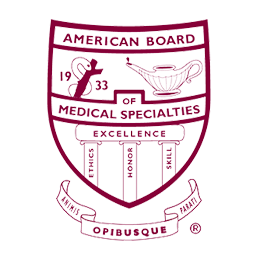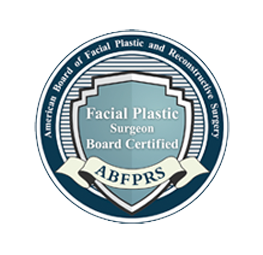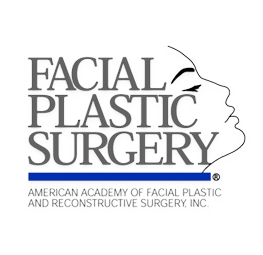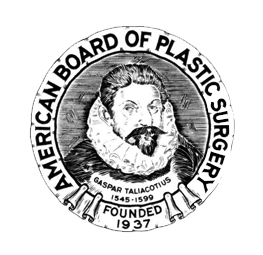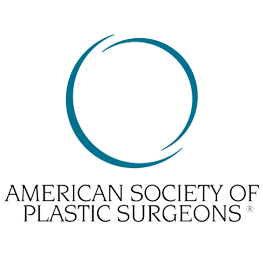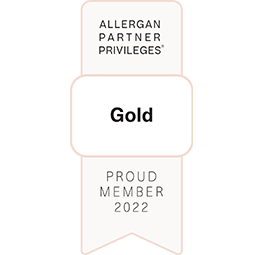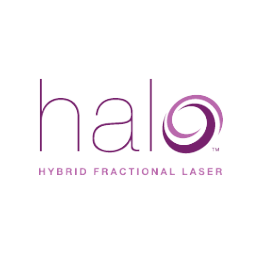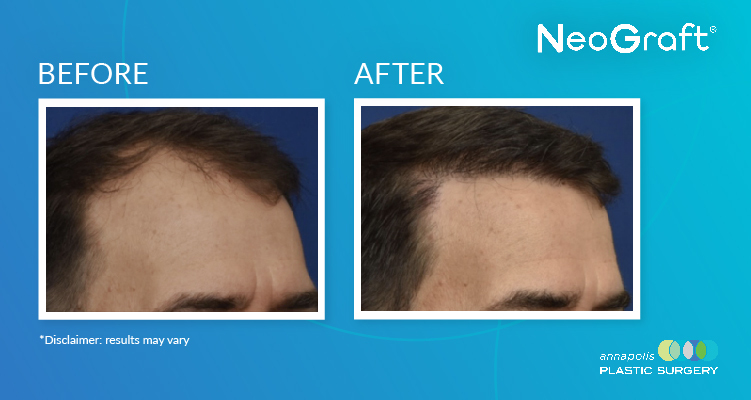
NeoGraft: A Breakthrough in Advance Hair Restoration
Published byMay 2023
Are you struggling with hair loss and looking for a solution that provides natural-looking results? Look no further! Annapolis Plastic Surgery now offers NeoGraft, an innovative hair restoration technique that is gaining popularity due to its incredible benefits and minimal recovery time.
What is NeoGraft?
NeoGraft is a cutting-edge hair transplantation method that utilizes an automated system to harvest hair follicles from one part of the body (typically from the back of the scalp) and transplants them to the areas experiencing hair loss. Unlike traditional hair restoration methods that require a strip of skin to be removed from the scalp, NeoGraft uses a follicular unit extraction (FUE) technique, which avoids any large scarring and provides a more natural fuller looking outcome.
Benefits of NeoGraft:
- Natural-looking results: NeoGraft creates a natural appearance by transplanting individual hair follicles, mimicking the hair’s natural growth pattern. This results in a hairline that blends seamlessly with the existing hair, making it virtually undetectable.
- Minimally invasive: NeoGraft is a minimally invasive procedure that does not require any incisions or sutures, making it a more comfortable experience compared to traditional hair restoration methods.
- Versatile: NeoGraft can be used to treat various types of hair loss, including male and female pattern baldness, receding hairline, thinning hair, and eyebrow restoration. It is also suitable for patients with a tight scalp, making it a viable option for a wide range of individuals.
- Long-lasting results: NeoGraft provides permanent results as the transplanted hair follicles are resistant to the effects of hair loss. The transplanted hairs will continue to grow naturally, providing a lasting solution to hair loss.
Recovery Time
The recovery time for NeoGraft is relatively quick and convenient compared to traditional hair restoration methods. Most patients can expect to return to their regular activities within a few days after the procedure. There may be some mild swelling and redness in the treated areas, which typically subsides within a few days. Additionally, patients are advised to avoid any strenuous physical activity for a few weeks after the procedure to promote optimal healing.





